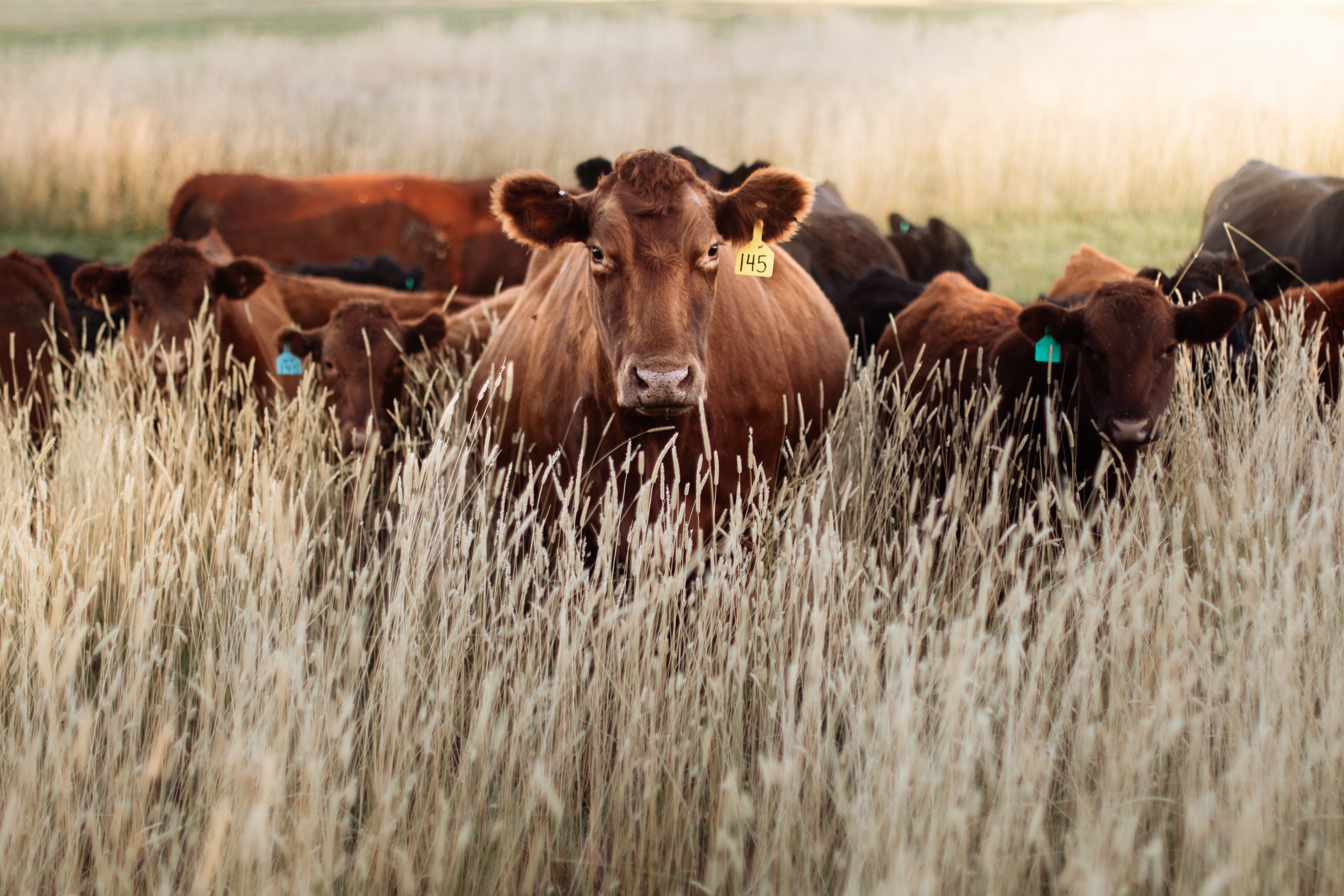Home
Barn Owl Blog
Understanding the Livestock Forage Disaster Program (LFP): Helping Ranchers Through Drought and Disaster

Understanding the Livestock Forage Disaster Program (LFP): Helping Ranchers Through Drought and Disaster
The Livestock Forage Disaster Program (LFP) is a federal assistance program administered by the USDA that provides financial support to livestock producers who suffer grazing losses due to natural disasters such as drought or wildfire. LFP helps ranchers offset the costs associated with reduced forage availability, allowing them to maintain their herds during challenging times.
How LFP Works
LFP compensates eligible producers for grazing losses on federally managed lands or private lands when drought conditions or fires severely limit the availability of forage. The program uses a drought severity index and forage production data to determine eligibility and payment amounts.
To qualify, producers must have eligible livestock such as cattle, sheep, goats, or horses grazing on eligible land during the disaster period. Payments are made based on the number and type of livestock and the extent of forage loss.
Eligibility and Covered Livestock
Eligible livestock include beef cattle, dairy cattle, sheep, goats, and horses. Producers must have owned or leased the livestock during the disaster period and must have grazed the animals on eligible land.
Eligible land includes private pastureland, federally managed rangeland, and other grazing lands impacted by the disaster. Producers cannot receive payments for grazing on land insured under federal crop insurance or other disaster assistance programs covering the same loss.
Real-World Example: Rancher in Texas During Severe Drought
In 2022, a rancher in Texas faced an extreme drought that severely reduced forage availability on both private and federally managed grazing lands. The drought conditions were officially classified as severe, triggering eligibility for LFP assistance.
The rancher applied for LFP and documented the number of cattle grazing during the drought period along with evidence of forage loss. After review, the USDA issued a payment to help offset the increased costs of supplemental feed and other expenses caused by the loss of natural forage.
This assistance enabled the rancher to maintain the herd’s health without having to reduce livestock numbers drastically, preserving long-term operational sustainability.
Key Benefits of LFP
-
Provides timely financial assistance for forage losses due to drought or wildfire
-
Supports a wide range of livestock producers and grazing lands
-
Helps reduce financial strain from supplemental feeding or herd reduction
-
Complements other disaster assistance and insurance programs
How to Apply for LFP
Producers interested in LFP must apply through their local USDA Farm Service Agency office. It is important to report losses promptly and provide documentation such as livestock inventory records, grazing leases, and evidence of disaster conditions. Applications typically must be submitted within a year following the end of the disaster period.
Conclusion
The Livestock Forage Disaster Program offers critical support for livestock producers facing severe forage shortages caused by drought or wildfire. The example of the Texas rancher illustrates how LFP payments can help mitigate the financial impact of natural disasters, enabling producers to sustain their herds and maintain operations. For ranchers seeking assistance to manage forage loss risks, LFP is a valuable component of their risk management strategy.
Up next: Understanding the Livestock Indemnity Program (LIP): Financial Relief for Livestock Losses
Share


